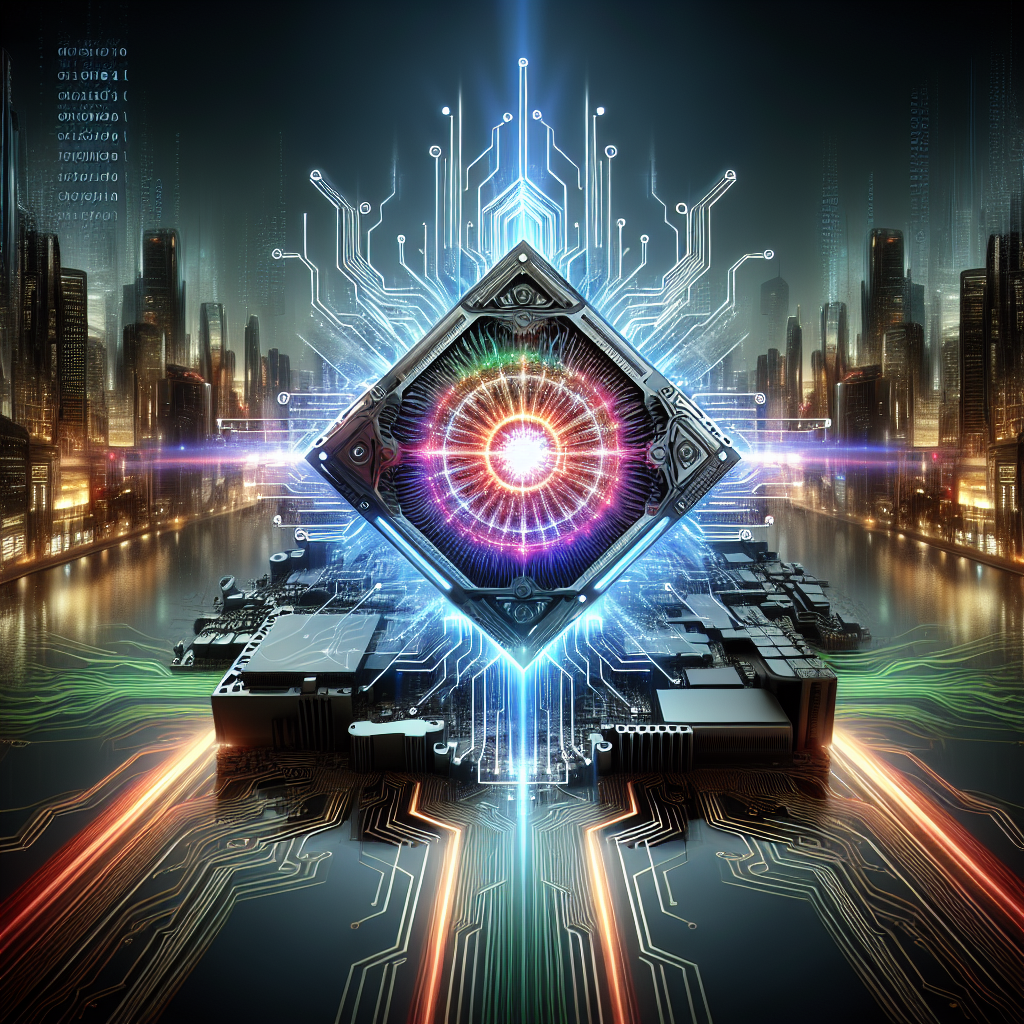Unleashing Power: How Next Gen AMD GPUs Are Redefining Gaming and AI Performance
The world of graphics processing units (GPUs) is in constant flux, with advancements occurring at a breakneck pace. AMD, a key player in this arena, is poised to reshape the landscape of gaming and artificial intelligence (AI) with its next-generation GPUs. With innovations in architecture, enhanced performance metrics, and a focus on cutting-edge technologies, the new AMD GPUs promise to deliver an experience that pushes the boundaries of what's possible. Let's dive into how AMD is redefining performance in both gaming and AI applications.
Revolutionary Architecture: RDNA 3
At the core of AMD's next-generation GPUs is the groundbreaking RDNA 3 architecture. This latest iteration builds on the success of RDNA 2, which introduced features like hardware-accelerated ray tracing and variable rate shading. RDNA 3 takes these capabilities to the next level, enhancing performance while reducing power consumption. By leveraging a chiplet design, AMD can optimize the GPU's manufacturing process, allowing for more efficient production and improved performance-per-watt ratios.
The RDNA 3 architecture supports a variety of modern gaming technologies, including DirectStorage and Nvidia's DLSS competitor, FidelityFX Super Resolution (FSR). FSR 2.0, in particular, aims to provide high-quality upscaling without the heavy performance hit associated with traditional rendering methods. This means gamers can enjoy stunning visuals at high frame rates without sacrificing performance, a crucial factor in competitive gaming environments.
Gaming Performance: A New Era
When it comes to gaming, AMD's next-gen GPUs are set to raise the bar significantly. With advancements in clock speeds and increased core counts, these GPUs are designed to handle today's most demanding titles with ease. Gamers can expect smoother gameplay, higher resolutions, and more detailed environments, even in the most graphically intensive scenarios. The integration of advanced cooling solutions also ensures that performance is sustained over long periods, eliminating thermal throttling that can hinder gameplay.
A key feature of AMD's next-gen GPUs is their ability to support 8K gaming. As monitors and televisions evolve, the demand for higher resolutions is growing, and AMD is ready to meet this challenge. By utilizing the power of RDNA 3, gamers can experience 8K gaming in a way that was previously thought to be unattainable without spending a small fortune. This commitment to high-resolution performance is complemented by the GPUs' support for high refresh rates, providing an immersive experience that is both visually stunning and responsive.
AI Capabilities: Bridging the Gap
While gaming is a major focus for AMD's new GPUs, their capabilities extend far beyond the realm of entertainment. The next-gen GPUs are engineered to excel in AI applications, making them a valuable asset for a variety of industries, from healthcare to scientific research. The integration of AI-driven features allows for smarter processing, enabling complex tasks to be executed more efficiently.
One of the standout features related to AI is the GPU's ability to enhance real-time rendering and image processing. By utilizing machine learning algorithms, the GPU can analyze data and make intelligent predictions, resulting in improved visual fidelity and more realistic textures. This is particularly beneficial in fields like virtual reality (VR) and augmented reality (AR), where realism is crucial for user immersion. As developers continue to harness the power of AI, AMD's GPUs will be at the forefront of delivering transformative experiences.
Future-Proofing Your Setup
As the technology landscape continues to evolve, investing in next-gen AMD GPUs ensures that gamers and professionals alike are well-equipped for the future. With support for cutting-edge technologies such as PCIe 5.0 and the latest memory interfaces, these GPUs are built to handle the demands of next-gen gaming and AI applications. This future-proofing is essential as software becomes increasingly complex and resource-intensive.
Moreover, AMD's commitment to providing a comprehensive ecosystem means that users can expect regular driver updates and software enhancements. This ongoing support not only improves performance but also ensures compatibility with upcoming titles and applications, allowing users to get the most out of their hardware investment.
In conclusion, AMD's next-gen GPUs are not just another upgrade; they represent a significant leap forward in both gaming and AI performance. With their revolutionary architecture, enhanced gaming capabilities, and robust AI features, these GPUs are set to redefine what users can expect from their computing experience. Whether you're a hardcore gamer or a professional looking to leverage AI in your work, AMD's latest offerings are designed to deliver an unparalleled level of performance and satisfaction.

No comments yet. Be the first to comment!